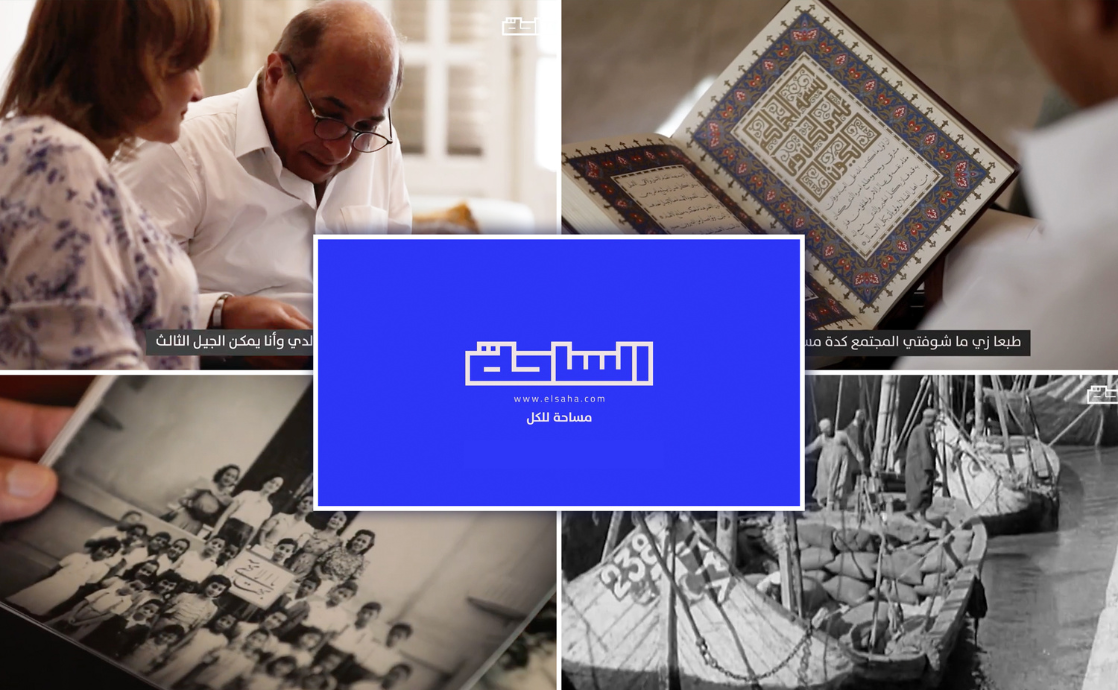In an era marked by divisiveness and strife, the Bahá’í teachings emerge as a beacon of hope, positing a narrative that transcends individualistic paradigms and invites a more profound understanding of our interconnectedness. A recent short film produced in Egypt encapsulates these teachings, offering an enlightening glimpse into the efforts of the Bahá’í community to foster coexistence through values deeply embedded in their faith. This cinematic endeavor not only illustrates the fundamental tenets of Bahá’í beliefs but also promises a transformative shift in perspective for its viewers.
The film opens with a visual tapestry that sets the stage for a narrative steeped in unity and service. The Bahá’í community in Egypt, though small in number, exemplifies a commitment to social cohesion and moral virtue. Through vignettes that highlight communal activities, the film underscores the importance of collaboration among diverse groups, thus reinforcing the Bahá’í principle of the oneness of humanity. This notion is integral to the teachings of Bahá’u’lláh, the founder of the Bahá’í Faith, who asserted that humanity comprises a single race, and that diversity should not only be embraced but celebrated.
As the storyline progresses, viewers witness the palpable efforts that the Bahá’í community invests in promoting reconciliation among different faiths and cultures. The film poignantly showcases interfaith dialogues that serve as platforms for dispelling prejudices and fostering mutual understanding. In this context, the Bahá’í teachings serve as a tool for enlightening individuals on the virtues of compassion, empathy, and collaboration. The community’s engagement with local leaders, scholars, and practitioners from various backgrounds epitomizes a proactive approach to nurturing a cooperative spirit in an increasingly polarized world.
One of the film’s most compelling elements is its portrayal of the youth’s involvement in community-building activities. Young Bahá’ís, infused with a sense of purpose, take on leadership roles within their neighborhoods, championing initiatives that target educational upliftment and social welfare. As future custodians of their society, these youth embody the Bahá’í teaching of the paramount importance of education. They articulate a vision where knowledge is not merely an individual pursuit but a collective responsibility aimed at elevating the entire community. This perspective cultivates a culture of learning and growth that is fundamental for sustainable development.
Moreover, the film does not shy away from addressing the challenges that the Bahá’í community faces, particularly in a region marked by historical tensions. Through candid interviews, community members express their hopes and fears, revealing the resilience that stems from their faith. This juxtaposition of struggle against the backdrop of unwavering hope compels audiences to reconsider their own biases. It invites contemplation about the nature of adversity and the spiritual fortitude that emerges through collaboration and understanding. The Bahá’í approach to conflict resolution—rooted in consultation, respect, and the acknowledgment of shared humanity—offers valuable lessons applicable to a broader societal context.
The cinematography in the film is equally commendable, weaving together stunning visuals with poignant storytelling. The use of symbolism—whether through the imagery of the lotus flower, representing purity and enlightenment, or the setting of communal gatherings—profoundly enhances the narrative voice of the Bahá’í teachings. These artistic choices serve to pique the curiosity of viewers, encouraging them to explore the philosophical underpinnings of the faith and its practical implications for daily life.
As the film concludes, it leaves viewers with a poignant call to action, urging engagement with the ideals of coexistence, mutual respect, and community service. This appeal is not merely rhetorical; it challenges individuals to reflect on their own responsibilities within their respective societies. The Bahá’í principle of service to humanity emerges as a core tenet, encapsulating the notion that genuine well-being transcends selfish interests and hinges on collective progress. Such reflective inquiries open avenues for deeper dialogue about the capacity for each person to act as an agent of change, thereby transforming not just one’s immediate surroundings, but potentially the world at large.
Utilizing the short film as a catalyst, the Bahá’í community in Egypt exemplifies how storytelling can imbue spiritual principles with palpable relevance. By illuminating the harmonious coexistence of diverse beliefs and practices, the film fosters a renewed sense of curiosity towards the Bahá’í Faith. It beckons individuals from all walks of life to delve into discussions around inclusivity, understanding, and the vital nature of community, transcending barriers that often delineate divisions in our global society.
In summary, “Egypt: Short Film on the Bahá’í Community” promises to shift perspectives by cultivating empathy and engagement. It elucidates the profound impact that faith-based initiatives can have on fostering social harmony and raising consciousness about the importance of collective responsibility. As we navigate complex socio-political landscapes, the teachings articulated in this film resonate with a timeless call for unity and cooperation—a crucial narrative for our contemporary age.
